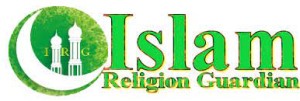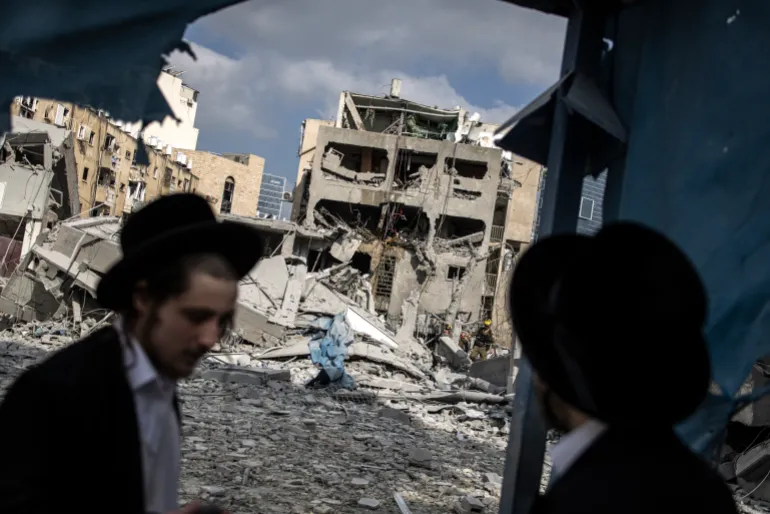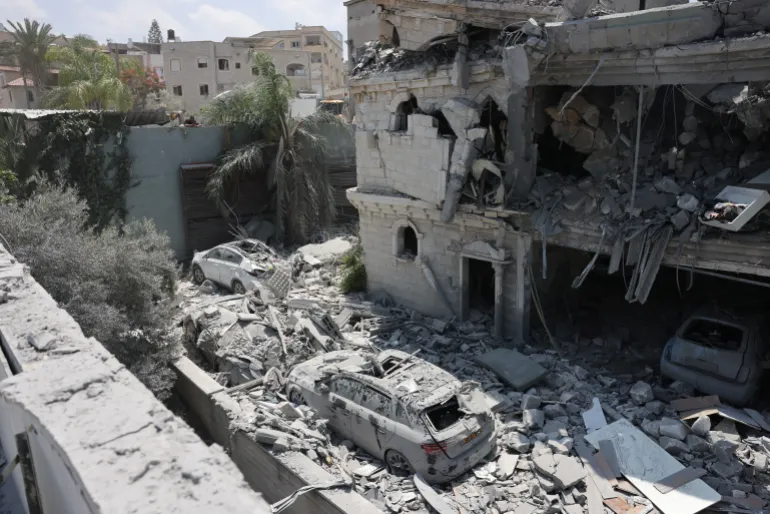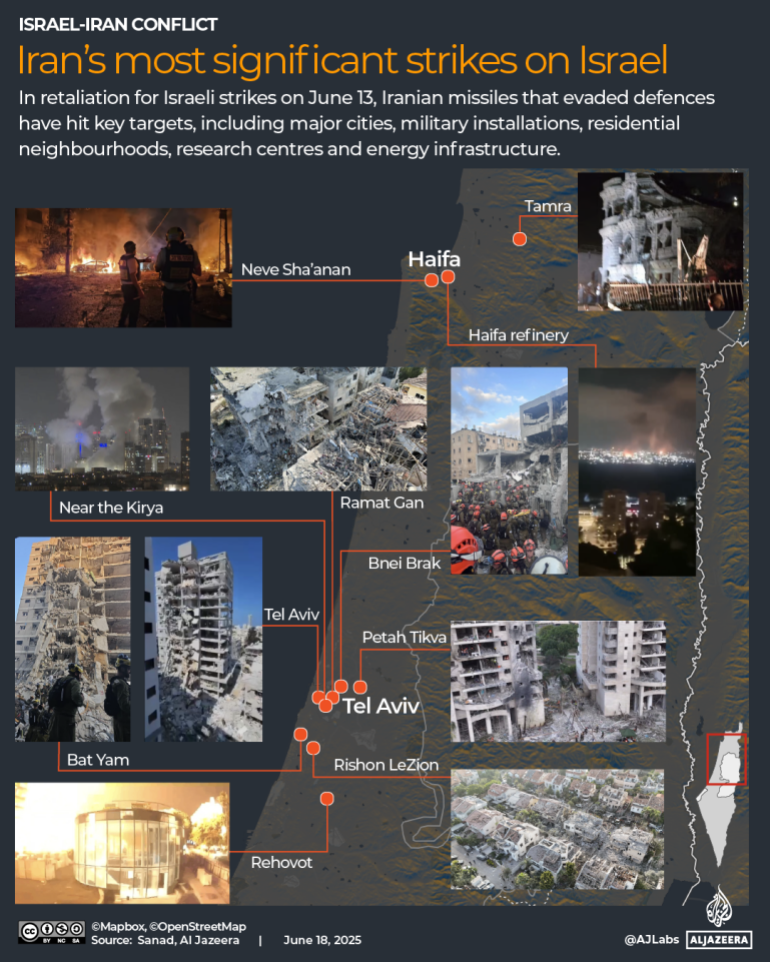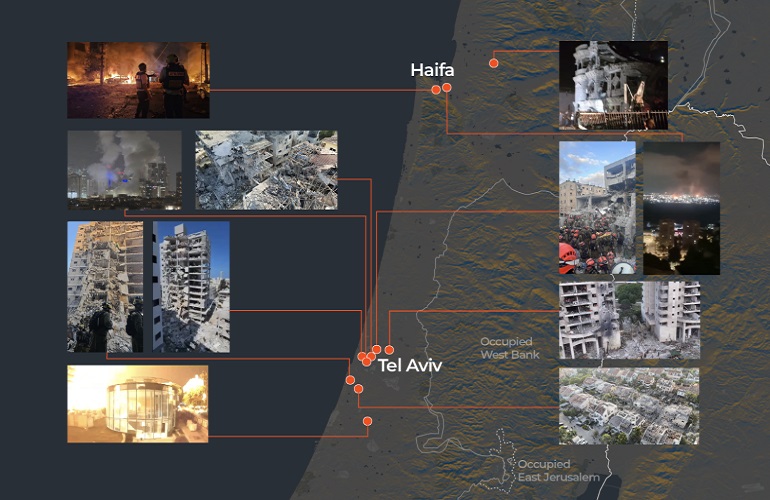Air raid sirens have continued to echo across Israeli cities, marking the sixth straight day of Iranian missile strikes. These attacks are a direct response to a series of Israeli operations targeting Iranian military, nuclear, and critical infrastructure since last Friday.
One of the most notable incidents occurred early Wednesday when a missile triggered a large blaze in central Israel, damaging multiple vehicles. Iran’s state-affiliated Fars News Agency has claimed that the Meron Airbase in northern Israel was among the primary targets.
READ MORE: 5 Key Iranian Regime Institutions Targeted by Israel in Recent Strikes
According to casualty reports, over 240 people in Iran have died due to Israeli strikes since the escalation began, while Iranian missile attacks have left at least 24 dead in Israel.
Information Restrictions During Conflict
While Israeli news outlets have covered many of these incidents, wartime military censorship has limited the release of detailed information—particularly when it comes to attacks on strategic or classified locations.
Despite these restrictions, open-source intelligence (OSINT), including publicly available images, video footage, and local media coverage, has enabled the mapping of key Iranian missile targets. Al Jazeera’s Sanad fact-checking unit used this data to visualize major impact zones between Saturday and Monday.
Key Targets and Locations
1. Near Israeli Ministry of Defence, Tel Aviv
A missile strike landed just 300 meters (984 feet) from the Kirya complex—Israel’s equivalent of the Pentagon—highlighting a bold escalation. This high-security site hosts crucial military and intelligence offices and is considered one of the most heavily protected zones in the country.
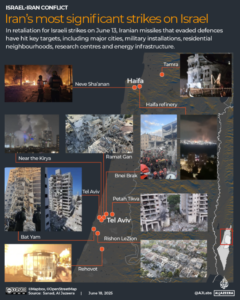
2. Tel Aviv Metropolitan Area
Ramat Gan: High-rise towers and residential buildings were hit, causing extensive damage and forcing mass evacuations. Authorities confirmed the destruction of at least nine buildings.
Petah Tikva: Both homes and commercial properties suffered damage from missile strikes, intensifying fear and disruption.
- Advertisement -Bnei Brak: A religious school was flattened during the bombardment, sparking outrage in the community.
Bat Yam: This coastal city south of Tel Aviv witnessed the most severe casualties with at least nine deaths and over 200 injuries reported.
Rishon LeZion: Several homes were obliterated, contributing to the region-wide destruction.
3. Northern Israel – Haifa Refinery and Residential Zones
Iranian projectiles struck the Bazan Group’s petrochemical complex in Haifa—Israel’s largest oil refinery—resulting in an immediate shutdown. A second wave of missiles landed in Neve Sha’anan, a residential area, damaging multiple homes.
4. Tamra – Palestinian Civilian Tragedy
In the northern Palestinian-majority town of Tamra, an Iranian missile killed four women from the same family. Like many Arab communities in Israel, Tamra suffers from inadequate civil defense infrastructure, including a lack of public bomb shelters—leaving residents more vulnerable.
Conclusion
The recent wave of Iranian missile strikes marks a dangerous and escalating phase in the ongoing conflict with Israel. While Israeli counterattacks have inflicted heavy casualties in Iran, the precision and depth of Iran’s own missile targeting—especially on strategic and densely populated civilian areas—have sent a clear and calculated message.
As censorship and chaos cloud full transparency, open-source intelligence remains one of the few tools available to accurately map and understand the true scope of this conflict.
Source: Reporting includes data compiled and verified by Al Jazeera’s Sanad unit and open-source intelligence sources.

